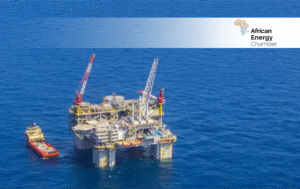Tunisia – A Mediterranean Hub for Investment Opportunities, Diversified Growth, Culture and Broader Social Impacts
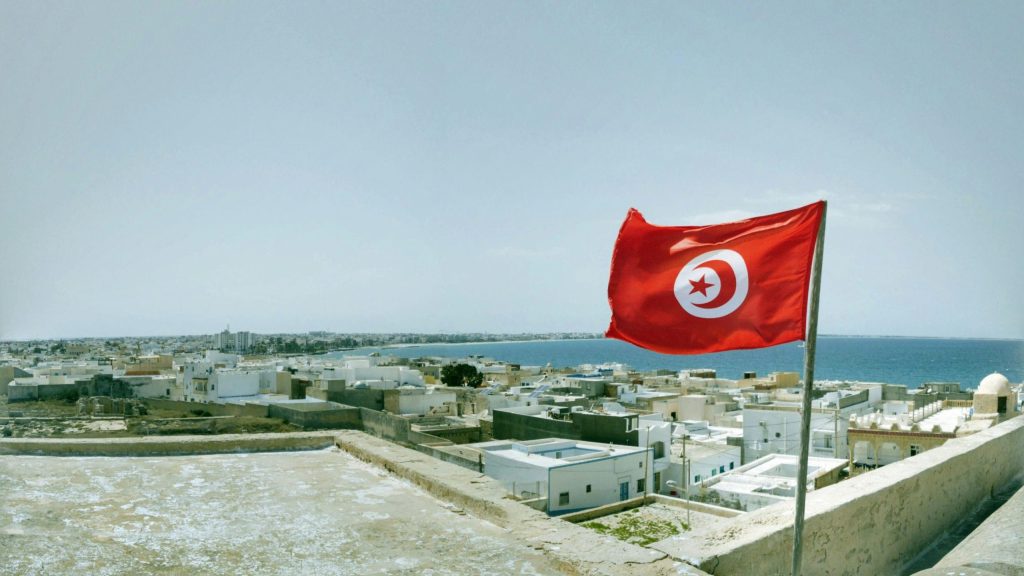
Tunisia, situated at the crossroads of Europe, Africa, and the Middle East, has steadily built a reputation as a gateway economy. Its strategic location in the central Mediterranean, combined with competitive economic frameworks and preferential trade agreements, positions the country as a vital hub for investors seeking access to diverse markets. As a privileged partner of the European Union, Tunisia benefits not only from close economic ties but also from deep cultural and social connections, making it a unique bridge between continents.
Tunisia offers investment opportunities in sectors like IT, agriculture, and tourism, supported by competitive taxes and a growing infrastructure, but also has challenges like economic strain and political uncertainty, which fuel migration. For migrants, opportunities exist in education and entrepreneurial support from diaspora initiatives, but job scarcity and regional disparities remain significant drivers for leaving the country.

Rising investment flows: according to the UNCTAD World Investment Report 2023, Foreign Direct Investment (FDI) inflows into Tunisia rose by 8% in 2022, reaching USD 713 million. Total FDI stock now stands at USD 39.4 billion, representing nearly 85% of national GDP. Updated data from the Tunisian Investment Office shows that by September 2023, international investments totaled TND 1.86 billion, distributed across energy (20.3%), manufacturing (58.9%), services (20.4%), and agriculture (0.4%).
This balanced distribution reflects Tunisia’s diversification strategy. Manufacturing remains a backbone of foreign investment, while services and renewable energy are emerging as key growth drivers. With its skilled labor force and proximity to European supply chains, Tunisia has become an attractive destination for both traditional industries and technology-driven sectors.
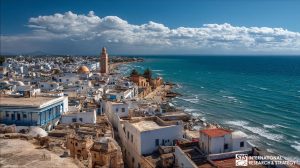
Economic frameworks and reforms: Tunisia’s government has pursued reforms to strengthen competitiveness and improve the business climate. The adoption of a new competition law has streamlined licensing and investment approvals, while reducing restrictions on hiring foreign professionals. The creation of the High Investment Board has consolidated decision-making processes, enhancing efficiency for local and international companies alike.
Further reforms including a modernized bankruptcy law, an updated investment code, and legislation on public-private partnerships—signal a broader commitment to global integration. Free trade zones in Bizerte and Zarzis offer tax incentives, duty exemptions, and unrestricted foreign exchange, creating favorable conditions for export-oriented industries.
Diverse investment prospects in Tunisia’s economy presents a mosaic of opportunities. In manufacturing, strong capabilities in automotive, aerospace, textiles, and electronics are complemented by a growing IT and outsourcing ecosystem. Tourism remains a cornerstone, enriched by Tunisia’s cultural heritage, Mediterranean coastline, and expanding eco-tourism offerings. Agriculture and agribusiness continue to thrive thanks to fertile lands, while renewable energy with particularly focus on solar and wind energy, emerges as a key sector aligned with global sustainability goals.
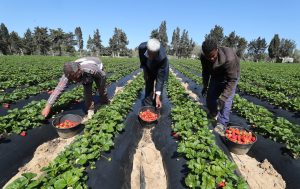

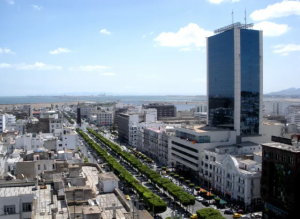
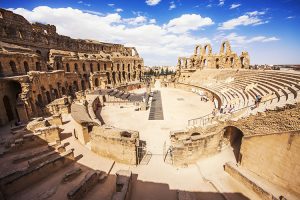
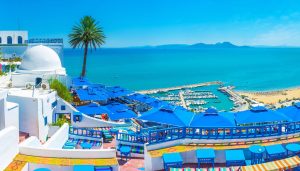
![]()
Infrastructure, healthcare, and education are additional frontiers for development. Public-private partnerships are particularly critical in upgrading transportation networks, modernizing healthcare facilities, and expanding educational and vocational institutions. For investors, these sectors provide long-term, socially impactful returns.
A rising industry-star in one of Tunisia’s most dynamic industrial sectors is the aerospace. Since 2000, global companies have established operations across six value-chain segments, from precision engineering to avionics and engine components. The Tunisian Aeronautics and Space Industries Group (GITAS) plays a central role in advancing supply-chain integration and attracting new entrants.

Government incentives, combined with a growing pool of skilled engineers, have strengthened Tunisia’s aerospace cluster, concentrated in hubs around Tunis, Sahel, Soliman, and Zaghouan. With land earmarked for new facilities and export potential rising, Tunisia is positioning itself as a competitive partner for international aerospace leaders.
Migration, society and culture corridor: beyond economics, Tunisia’s role as a connector between Europe, Africa, and the Arab world shapes migration and cultural exchange. Proximity to European labor markets makes Tunisia a natural partner for skilled migration frameworks, particularly in IT, healthcare, and engineering. Culturally, Tunisia blends Arab, Berber, Mediterranean, and European influences, creating a dynamic social fabric that supports international collaboration.
Political stability, though periodically tested, has improved in recent years. Tunisia’s democratic experience, coupled with strong international partnerships, underpins its capacity to implement reforms and attract sustainable investment.
A Mediterranean gateway outlook: Tunisia’s strategic geography, policy reforms, and sectoral strengths converge to make it a Mediterranean investment hub. With growing FDI inflows, a favorable business environment, and industries ranging from renewable energy to aerospace, the country offers significant opportunities for global investors. At the same time, Tunisia’s cultural richness and evolving social frameworks provide a foundation for long-term partnerships that extend beyond business.
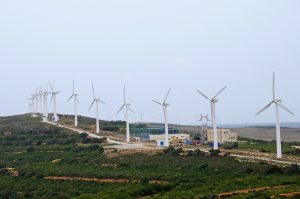
The 10 Best Historic Sites in Tunisia
From ancient city ruins telling the story of battling empires to mysterious graveyards that puzzle historians, explore the best historic sites Tunisia has to offer.
Situated along the Mediterranean Sea coastline, Tunisia’s strategic location has attracted settlers and conquerors throughout the ages. Likewise, its proximity to the Sahara has also brought its people into contact with the inhabitants of the African interior.
Greek legend tells of a princess called Dido, who became the first outsider to settle among the native tribes of Tunisia when she founded the city of Carthage in the 9th century BC. Whether this origin story is true or not, Carthage nonetheless grew into one of the greatest cities of antiquity, inviting the wrath of the Roman Empire.
From then onwards, Tunisia would be conquered and ruled over by Romans, Arabs and the French Empire, before eventually gaining independence in 1956. Tunisia’s long history has provided a fantastic selection of historic sites to visit. If you’re struggling with where to start, here are our top 10 best historic sites to visit in Tunisia.
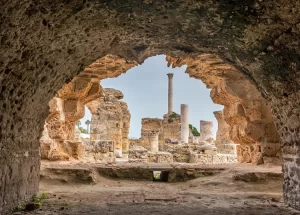
1. Carthage
Carthage in North Africa was one of the most powerful cities of the ancient world, spawning the powerful Carthaginian Empire which dominated much of the western Mediterranean as an important – and resultantly affluent – trading hub.
Carthage itself was central to the history of the ancient world. Legend states that the city was founded by the Phoenician Queen Dido in the 9th Century BC and the ancient metropolis certainly rose to prominence over the next 500 years.
However, three long and brutal wars with Rome, known as the Punic Wars, eventually led to the downfall and destruction of Carthage in 146 BC. It is even said the Romans salted the earth so nothing more could live on the site of the once-dominant city.
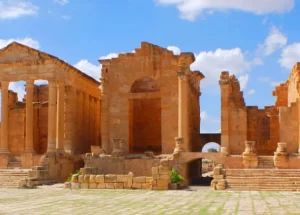
2. Dougga
Dougga in Tunisia is the location of the extremely well-preserved ruins of an ancient site inhabited by a series of cultures: notably the Numidians, the Punics, the ancient Greeks and the Romans.
The incredible state of preservation of Dougga combined with its mix of cultural influences led UNESCO to list it as a World Heritage site in 1997. Grand and full of fascinating sites, Dougga is one of Africa’s most magnificent archaeological sites.
Make sure you reserve a good few hours to wander Dougga’s impressive ruins amidst 70 hectares, including the theatre, an amphitheatre, temples such as those of Juno Caelestis and Saturn.
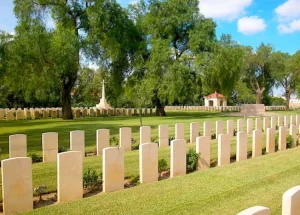
3. Enfidaville War Cemetery
Enfidaville War Cemetery in Tunisia is a World War Two Commonwealth cemetery housing the graves of 1,551 soldiers who died in the course of the North Africa Campaign, particularly the Tunisia Campaign. Of these graves, 88 are unidentified.
The Tunisia Campaign was fought between Allied and Axis forces from 1942 to 1943.. The area in which the Enfidaville War Cemetery is located and the surrounding area of Tarkouna saw particularly fierce fighting near the end of this campaign, with most of those buried there having perished in the period of March to May 1943.
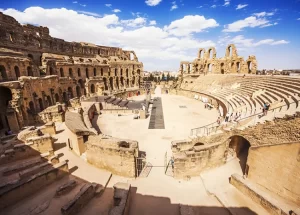
4. El Jem Amphitheatre
El Jem Amphitheatre (El Djem), also known as Thysdrus Amphitheatre after the original Roman settlement in this location, stands in the midst of a quiet town in Tunisia. This incredibly large and well-preserved Roman amphitheatre is El Jem’s star attraction and, unsurprisingly, draws visitors from around the world.
Despite the ravages of time, El Jem remains one of the most evocative Ancient Roman structures in the world and has been a UNESCO World Heritage site since 1979. You might also recognise this ancient treasure from Monty Python’s film, Life of Brian.
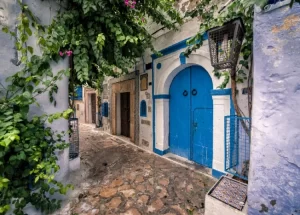
5. Medina of Tunis
The Medina of Tunis – the historic quarter of the capital of Tunisia – is a labyrinth of some 700 monuments and buildings, many dating to the period between the 12th and the 16th centuries.
The Medina of Tunis was founded in the 7th century following the fall of Carthage, but flourished in the 12th century under the rule of the Almohad Dynasty then the Hafsid Dynasty up to the 16th century, both being Berber dynasties. During this time, Tunis was a thriving centre of commerce and culture, the result today being an impressive collection of surviving mosques, palaces, and monuments.
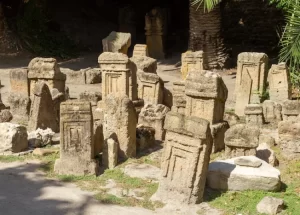
6. Sanctuary of Tophet
The Sanctuary of Tophet in Tunisia constitutes the remains of a vast number of children’s graves dating back to the Punic period of Carthage. Historians have hotly disputed whether the Carthaginians practised child-sacrifice during times of serious hardship, and if so, how many of the graves at Tophet belong to sacrificed children.
Today this eerie site can be found near the Punic Port in Tunis, covering about an acre of land. You can walk among the stelae, viewing the inscriptions and carvings of the ancient grave markers under the shade of palm trees, sheltering from Tunisia’s hot summer weather.
![]()
7. The Bardo Museum
The Bardo Museum in Tunis is Tunisia’s national archaeological museum and contains artefacts from throughout the country’s history.
The Bardo Museum’s building has a long history of its own, housed in an imposing palace complex. Originally built during the Hafside Dynasty in the 13th century, the palace was subsequently renovated in the 17th and 18th centuries.
From prehistoric items to Punic ceremonial artefacts believed to be connected with practices of human sacrifice and right through to art from the Islamic era, the Bardo Museum offers a great overview of Tunisia’s past and the development of its culture.
![]()
8. Bulla Regia
Bulla Regia is an incredible Ancient Roman archaeological site in Tunisia with a fascinating set of subterranean villas and other monuments.
Tunisia was annexed into the Roman Empire in approximately 46 BC, under Julius Caesar. Previously a Berber site, Bulla Regia flourished under the Romans who built a series of monuments and public buildings in the area, such as its amphitheatre.
Amongst the remains at Bulla Regia, there are its famous two-storey villas, with the lower storey located underground to protect its inhabitants from the elements. A further characteristic of these villas is the fact that many of them contain original Roman mosaics, still in situ.
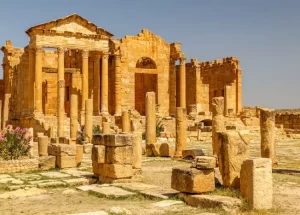
9. Sbeitla
Sbeitla in Tunisia was once a flourishing ancient city, the spectacular remains of which are among the best Roman ruins in the world.
This startling site, also at times known as Sufetula, thrived as a Roman settlement from the 1st century AD, in part thanks to its temperate Mediterranean climate, which proved to be ideal for olive-growing. This export helped keep Sufetula thriving long after many of her rivals collapsed, and the city turned into an important centre of Christianity by the 4th century.
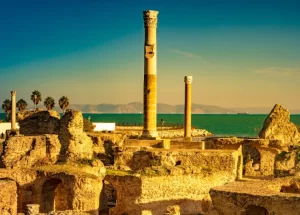
10. The Antonine Baths
As the largest set of Roman thermae built on the African continent and one of the three largest built in the Roman Empire, the Antonine Baths were a huge Roman bath complex in ancient Carthage, Tunisia. Today, the well-preserved ruins are a popular UNESCO World Heritage Site.
The fascinating ruins of the Antonine Baths are certainly worth exploring and, with the picturesque sea as a backdrop, are surrounded with natural beauty. The overgrown garden contain other remains such as Punic tombs and a tiny early Christian funerary chapel with a mosaic floor.
As Tunisia continues to strengthen ties with Europe and expand its reach into African and Middle Eastern markets, it stands poised not only as an investment destination but also as a key player in regional integration and global value chains.



